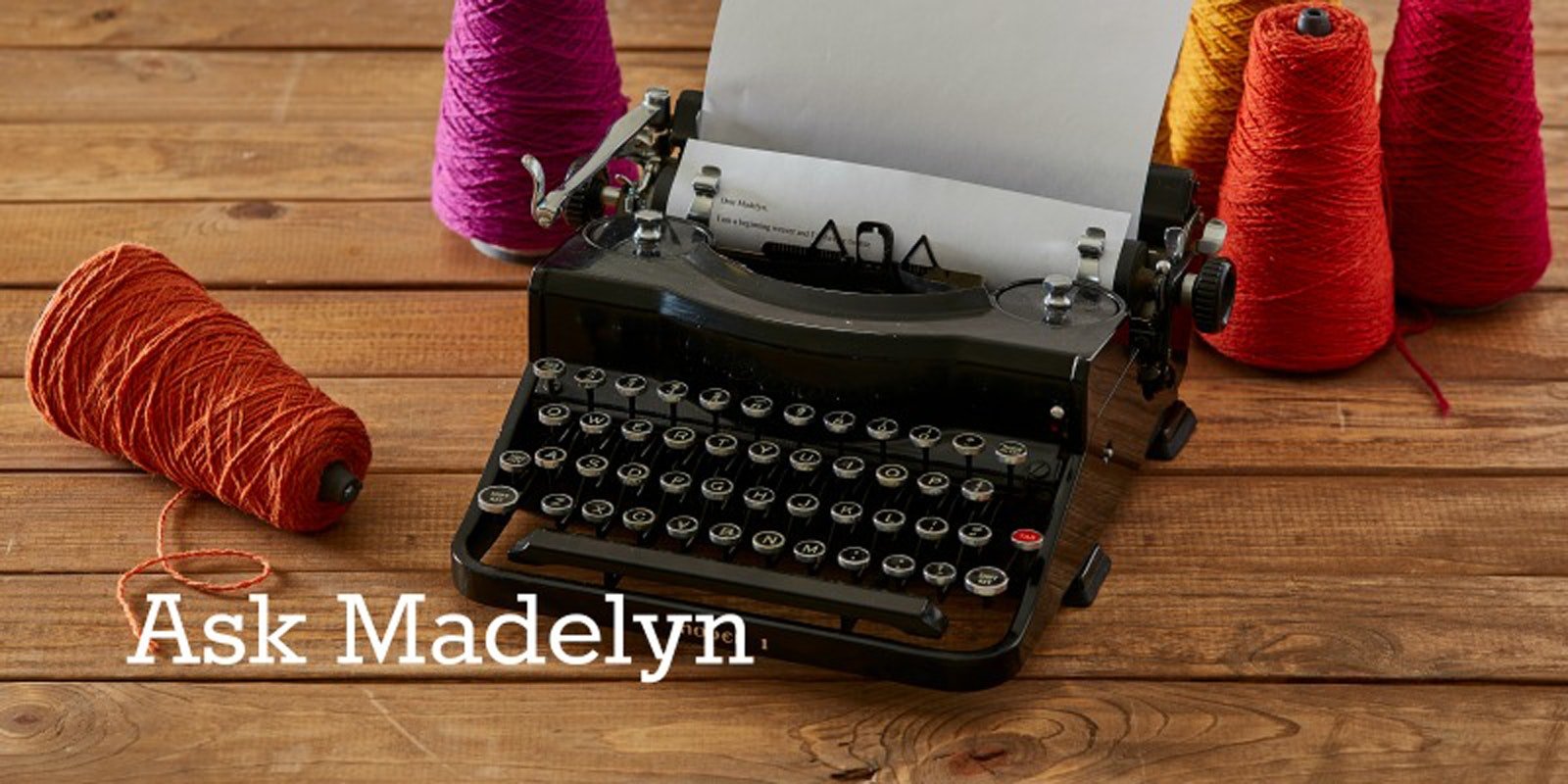Hi Madelyn!
I read with interest the info about the new Blankets and Throws on Four Shafts eBook.* My widest loom is only 36" wide. Can I weave any of the projects on that loom or on my Baby Wolf?* —Sarah
Hi Sarah!
I should have addressed that question in the book's introduction. By definition, a blanket or a throw tends to be a wide sort of cloth. But because many of us don't have looms that are 60" wide, the designers of these projects also had relatively narrow looms. As a result, all but two of the projects have weaving widths of 36" or narrower. None, however, are as narrow as 25"; so you can't weave them exactly as they were designed on your Baby Wolf. You can eliminate repeats or parts of color orders (even though a piece 25" wide is not what we would normally call a blanket or throw). A better option for that loom is to weave them in two or more panels and sew the panels together. You have to do a bit of calculating: how to reduce/adapt the number of threading repeats or color orders in the warp and how much warp length to add to weave two panels instead of one.
When you weave the first panel, you'll also need to keep track of exact sizes of any pattern repeats or color orders in the weft so that when you weave the second panel, you can match those sizes. When you sew the two panels together, use a figure-eight stitch and the same yarn as in the piece, stitching under a warp thread on one selvedge, then up, and then up and over the edge to go under a warp thread on the other selvedge, then up. You can usually ease in any slight variation between the two pieces as you sew, and wet-finishing and pressing will take care of small irregularities.
Another option, if you have eight shafts, is to weave the blanket in two layers on the loom (what we often call "doublewide"). This presents some drafting challenges. To learn more about doing that, you can start with the eBook Doubleweave, Doublewidth!. I like to think of the eBooks as great ways to learn about a technique in depth, not just as collections of projects—as springboards for getting a cloth you want on the loom you have, not just reproducing what someone else has done.
I hope you'll weave a blanket!
—Madelyn

